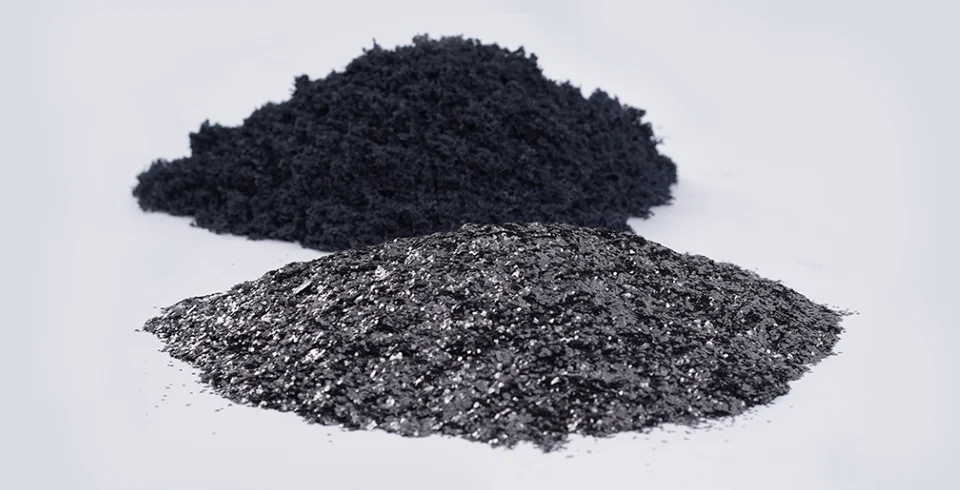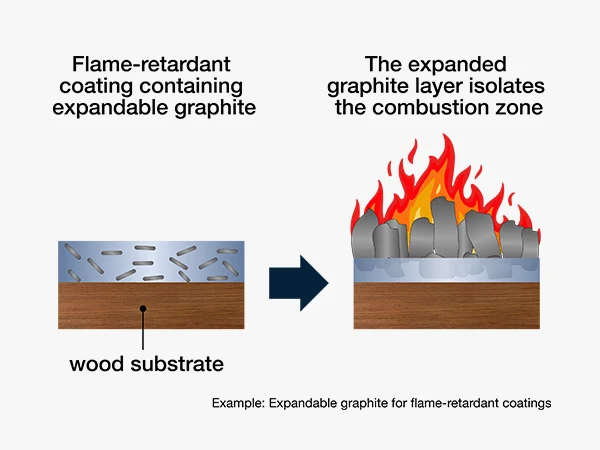Graphite Solutions for Tomorrow's Innovations

Expandable graphite, also known as graphite acid, acidized graphite or graphite oxide, is a graphite interlayer compound prepared by using chemical oxidation (chemical method), electrochemical method, microwave method, explosion method and gas phase volatilization method for natural flake graphite treatment. After special treatment, expandable graphite can be instantly expanded into worm-like shape under high temperature.
Different types of insert lead to different intercalation structures, giving it unique physical and chemical properties such as high electrical and thermal conductivity, superconductivity, magnetic permeability, battery performance, catalytic properties, and expansion performance. The application of expandable graphite covers the practical use in high-conductivity materials, battery materials, efficient catalysts, hydrogen storage materials, and improvements in expansible graphite sealing materials.
According to the sulphur content after expansion, expandable graphite is divided into sulfurous expandable graphite (≥ 0.120%) and low sulfur expandable graphite (< 0.120%). The specific properties of expandable graphite is shown in the table below.
Expandable graphite is widely used in flame retardancy, fire protection, and sealing applications. At elevated temperatures, it rapidly expands to form a thermal insulation barrier, making it an ideal halogen-free flame retardant for use in PU foams, engineering plastics, fireproof sealing components, and fire-resistant building materials. It is also a key raw material for the production of flexible graphite sheets, gaskets, and thermally conductive sealing materials, serving applications in thermal conductivity and sealing.
